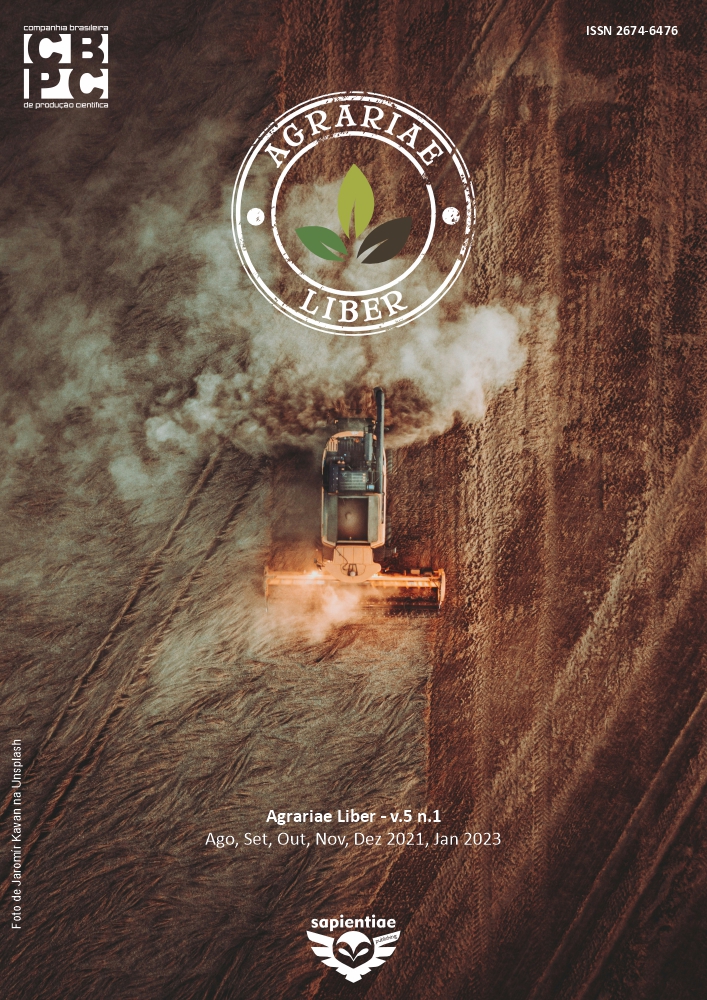Geotechnical characterization objetiving the implantation of trencheira drainage in the municipality of Palmas/TO.
DOI:
https://doi.org/10.6008/CBPC2237-9290.2018.001.0004Keywords:
Flooding, Trench drainage, Alternative systemAbstract
This study aims to characterize the soil of an area susceptible to flooding in the city of Palmas/TO and consider whether it supports the limitations for implementation of the drainage trench as draining low cost alternative system. The results of geotechnical studies of the soil, the granulometric analysis demonstrated that the soil is sandy silt with a small amount of gravel, and 55 % fines, the classification according to the Soil Conservation Service soil is characterized as sandy soils with low content of total clay the grain bulk density was 2.65 g / cm3 due to the presence of the mineral kaolinite and quartz. The plasticity index value was 17.2 % establishing the plasticity of the soil as highly plastic. As chart Plasticity Casagrande, the soil sample can be classified as clayey soils of low compressibility. Rapid dispersion testing with submergence in 0.001 N sodium hydroxide, the soil is classified as non-dispersive. The soil disaggregation test the reaction of the sample to the flooding was the billing. The hydraulic conductivity values ​​found for the metal ring was 49.284 mm / h, determining the soil and correlated with the sandy loam. It is concluded that soil has the trench carrying capacity having hydraulic conductivity and soil has not dispersive character while the breakdown indicates a low collapsibility index.
Downloads
Downloads
Published
Issue
Section
License
The CBPC - Companhia Brasileira de Produção Científica (Brazil CNPJ: 11.221.422/0001-03) the material rights of the published works. The rights relate to the publication of the work anywhere in the world, including rights to renewals, expansions and dissemination of the contribution, as well as other subsidiary rights. All electronically published works may subsequently be published in printed collections under the coordination of this company and / or its partners. The authors preserve the copyright, but are not allowed to publish the contribution in another medium, printed or digital, in Portuguese or in translation.








